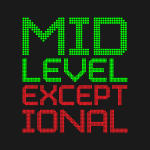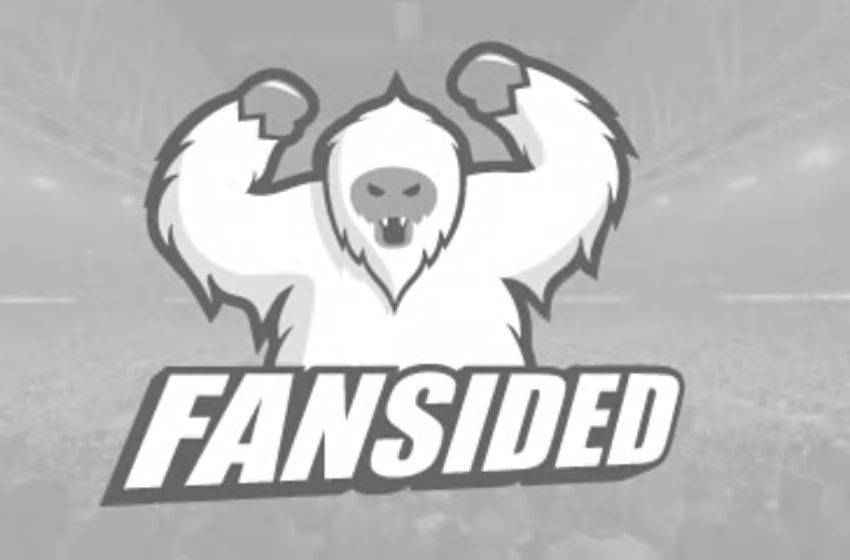Explaining the Disabled Player Exception
Sadly enough, the Disabled Player Exception returned to relevance after the shocking and depressing injury to Paul George in the televised Team USA scrimmage on Friday. While the DPE takes many characteristics of other exceptions under the Collective Bargaining Agreement, it has a few unusual and legitimately interesting nuances that make it stand out. In this piece, I will first go over how the Disabled Player Exception works and then apply that information to the specific case of the Indiana Pacers and Paul George.
If you are interested, the CBA section detailing the Disabled Player Exception is Article VII, Section 6 (c).
How the Disabled Player Exception works
The Disabled Player Exception is an exception to the salary cap– This means teams far under the cap (hello, Sixers!) get zero use from it, especially since exceptions cannot be traded.
The Disabled Player Exception does not reduce the salary of the injured player in terms of either the salary cap or the luxury tax– As an exception, the DPE only functions as a way for teams to add a piece to replace the injured player. The CBA does have a way for teams to apply for cap relief in cases of death and career ending injury, detailed here.
The Disabled Player Exception can only be used on one player– While teams can choose to split some exceptions like the Mid-Levels and Bi-Annual, the DPE cannot go to multiple players. The entire exception expires once used regardless of the replacement player’s salary. This makes sense given the purpose of the exception.
Unusually, teams can use Disabled Player Exception to sign a free agent, trade for a player, or claim someone off waivers– As long as they fit the other requirements, of course. This nuance separates the DPE from the MLE and BAE (cannot trade for a player) and trade exceptions (cannot be used to sign a player).
The amount of the Disabled Player Exception is the lesser of half the injured player’s salary or the Non-Taxpayer Mid-Level Exception– Technically, teams get an extra $100,000 of wiggle room if they use their DPE to trade for a player but that is pretty much the deal.
However the Disabled Player Exception is used, that season must be the final season on the new player’s contract– This means no option years or anything of the sort. No remaining years, no exceptions.
Teams must apply for Disabled Player Exception– More on this below.
The Disabled Player Exception is a year-to-year and teams can apply for multiple seasons with the same player and injury (in some cases)– Teams can only apply for the DPE during that league year and it expires before the end of the season, so it makes sense that a franchise can use the same process the following season should the circumstances still apply. When moving from one league year to the next, it can be the same injury or a new one to the same individual.
Teams can actually apply for the Disabled Player Exception multiple times in the same season on the same player under certain circumstances– If a team applies for a DPE and the league rejects it, they can wait 90 days and re-apply for the same player. However, Section 6 (c)(8) states that the new application must be based on “a new injury or an aggravation of the same injury” meaning something new has to actually happen to the player during that time.
Teams must apply for the Disabled Player Exception on or before January 15 and use it on or before March 10 of that season or when the player returns, whichever happens first– As I will get into below, the DPE does not work like an Injured Reserve in some sports where the player cannot return that season even if he recovers. The NBA allows that individual to get back on the court but the team justifiably cannot use the exception to replace an already-returned player. March 10 serves as the expiration date otherwise.
Applying for the Disabled Player Exception
The Disabled Player Exception stands out among the CBA exceptions because teams have to apply for it, leading to one of the more interesting processes in the league. As specified by Article VII, Section 6(c)(4), after a submitted application a doctor designated by the NBA evaluates the relevant medical information and the player himself should the doctor want that. Like other medical evaluations, the player in question must participate and be truthful.
The standard for granting the exception specified by Section 6(c)(2) is “any injury or illness that, in the opinion of the physician described in Section 6(c)(4) below, makes it substantially more likely than not that the player would be unable to play through the following June 15.”
If the NBA-appointed doctor determines it is substantially more likely than not the player will be unable to play through the following June 15, the team gets the exception.
However, if the doctor rejects the team’s application for the DPE, the Player’s Association can appeal. If that occurs, the case goes to the “neutral physician” which is one of my favorite terms in the entire CBA. At the beginning of each league year, the NBA and NBPA agree on a doctor for this purpose. The neutral physician has the same criteria and their determination is final, binding and unappealable.
The other reason the DPE can get really interesting is the difference in standard and application here. “Substantially more likely than not” does not mean the doctor has ruled the player out conclusively. In fact, the rules governing the exception specifically talk about the player’s potential return that season in 6(c)(6) which I discussed above.
Why have a Disabled Player Exception?
It helps take a little bit of the sting off of losing one of a team’s most important players. Tying the amount to the injured player’s salary means that some players cannot be adequately replaced (especially those on rookie contracts) and making the maximum amount of the exception the Non-Taxpayer MLE means that the single addition probably will not be a major player now and that will only become more true as the cap outgrows the Mid-Level Exception with the increased revenue in the new TV deal.
That said, it can be a small piece to help a team out in a bad situation. Having such a strong system in place to evaluate the injured player also makes it significantly harder for a team to attempt to game the system by getting a useful exception for an expensive player not carrying his weight- think about the Knicks and Andrea Bargnani.
The DPE balances the pressure to keep competitive teams that have shown a willingness to spend above water with safeguards that make it very hard to exploit.
Applying the Disabled Player Exception framework to the Indiana Pacers
Assuming the Pacers’ application for a Disabled Player Exception gets approved either by the NBA doctor or the neutral physician, we know exactly what they will have to work with.
A Disabled Player Exception worth the lesser of the Non-Taypayer Mid-Level Exception and half of Paul George’s salary for the 2014-15 season means that the Pacers will have an exception worth exactly $5,305,000 since PG makes more than twice the Non-Taxpayer MLE. The Pacers can use that exception to trade for a single player in the last year of his contract (no options!), sign a single free agent on a one year deal, or claim a qualifying player off waivers.
In addition, the Pacers have other constraints that must be considered. By using a sufficiently high amount of the Non-Taxpayer Mid-Level Exception to sign CJ Miles, Indiana joined the Hard Cap Club earlier this summer. That means the apron $4 million over the luxury tax line cannot be crossed under any circumstances including these unfortunate ones. In addition, since none of Paul George’s salary comes off their books, the Pacers still have to deal with paying the luxury tax if they go between the tax line and their hard cap at the apron. My cap worksheet puts them a little more than $2 million short of the luxury tax with partially guaranteed contracts (Luis Scola and Shayne Whittington) that can provide additional flexibility if need be.
Without any inside knowledge, I sincerely doubt the Pacers are willing to pay the luxury tax in a season with a suddenly substantially bleaker outlook. Another complicating factor here is that since the DPE cannot be split, the Pacers making a smaller play now eliminates the chance of going bigger later if the season ends up going well. Keeping all that in mind, I expect the Pacers to hold onto their Disabled Player Exception until close to the trade deadline and then evaluate at that juncture presumably without going over the luxury tax either way.
If you have any further questions, feel free to post a comment or ask me on Twitter.


